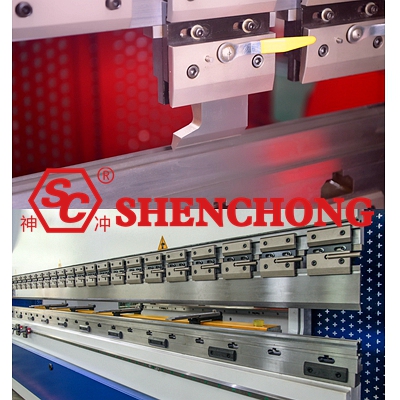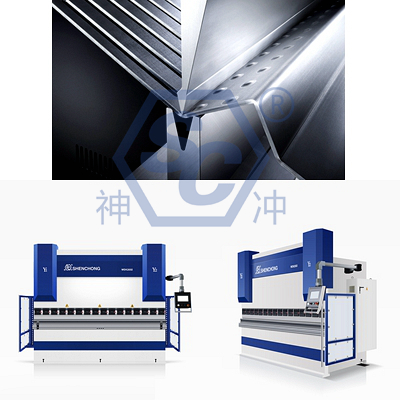
With the continuous development of the "Industry 4.0" intelligent era, the intelligence of the sheet metal industry has made significant progress. Efficient press brake bending technology remains a bottleneck in the sheet metal industry chain, but it also signifies an urgent demand for efficient bending by enterprises. The press brake tooling automatic clamping system can meet the needs of customers for efficient and high-precision press brake working.

The final accuracy and bending efficiency of sheet metal products depend on the press brake machine, tooling system (including fixtures, upper and lower molds, compensation system), sheet metal, and operator. There is no doubt that the mould automatic clamping system plays an important role in the accuracy and efficiency of CNC press brake.
The mold clamping system can be divided into manual clamping and automatic clamping in terms of operation mode. Automatic clamping can be divided into hydraulic clamping and pneumatic clamping in terms of driving methods.

The automatic clamping system is suitable for press brake with frequent and rapid die changes. Especially suitable for small batch and multi variety sheet metal processing modes.
Based on the concept of "single point operation", the tooling automatic clamping system can achieve the process of clamping and releasing the mold with just one button, eliminating the tedious manual locking method.
For independent clamping plates that are different from segmented ones, the automatic clamping system adopts a whole strip processing method. Not only does it ensure the overall machining accuracy of the fixture, but it also improves the efficiency of tool clamping, that is, small segmented molds can be installed vertically or horizontally at any position of the fixture.
The hydraulic automatic clamping system automatically clamps the mold by pushing the hardened clamping pin out through the expansion of the hydraulic oil pipe after a certain pressure of hydraulic oil is applied.

The positioning reference plane of the integrated fixture is unified and has ultra-high dimensional accuracy. The parallelism of the fixture is adjusted once and used for a long time.
High quality Tool steel/high-strength CrMo alloy steel shall be used. The maximum load capacity can reach 800 tons/meter. After heat treatment, the hardness can reach 56-60HRC.
The fixture comes with Tx/Ty adjustment function. During installation, it can effectively compensate for the accumulated machining errors of the machine. In the later stage, there is no need to adjust the angle through paper pads or clamping blocks.
The mold automatically seats and the bending line automatically aligns, permanently eliminating the tool alignment process. The mold with a total length of 6 meters can be fully clamped in just 5 seconds. The comprehensive utilization efficiency is 3-6 times higher than that of ordinary clamping systems.
Paired with a mold with a safety button mechanism for safer installation and disassembly.
After a certain pressure of gas is introduced into the pneumatic automatic clamping system, the pressure of the cylinder pushes the piston rod to move, causing the clamping pin to extend, thereby automatically clamping the mold. In addition to the characteristics of the hydraulic clamping system mentioned above, the pneumatic automatic clamping system also has its unique characteristics.
No hydraulic oil or hydraulic drive unit required.
Pneumatic clamping with self-locking mechanism (high-end series).
Conventional compressed air power in the workshop, 6-8 bar is sufficient.
Ultra fast clamping speed, higher efficiency.
Lower operational usage costs.

The automatic clamping system can also be equipped with more intelligent modules: intelligent mold positioning system and mold recognition and positioning system, further improving bending efficiency and intelligence level.
The core of the intelligent mold positioning system STL is an intelligent scale with programmable LED lights.
This ruler can be linked with the controller of the press brake at the bottom to guide the operator: place the mold in the correct position and place the bending workpiece in the correct position. Thus reducing the memory intensity of workers and reducing the probability of errors.
The core of the mold recognition and positioning system lies in the TIPS chip in the fixture. When configuring the TIPS system's fixture to clamp TIPS molds, the TIPS fixture can recognize all mold information, including model, length, height, and mold position.
By using Ethernet communication to transmit mold information back to the main controller of the system, automated bending operations can be achieved, greatly improving yield and bending efficiency, thereby achieving a high return on investment.